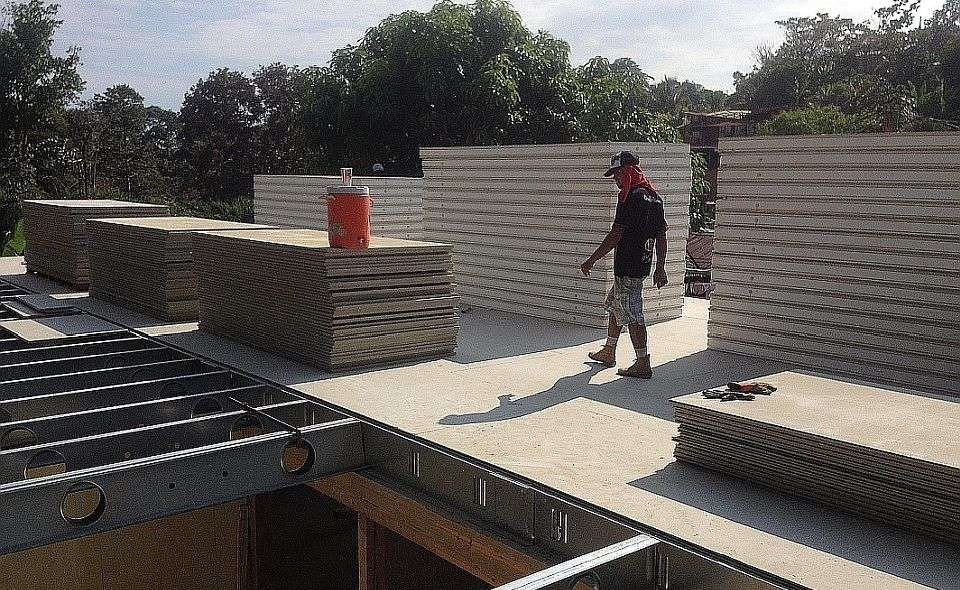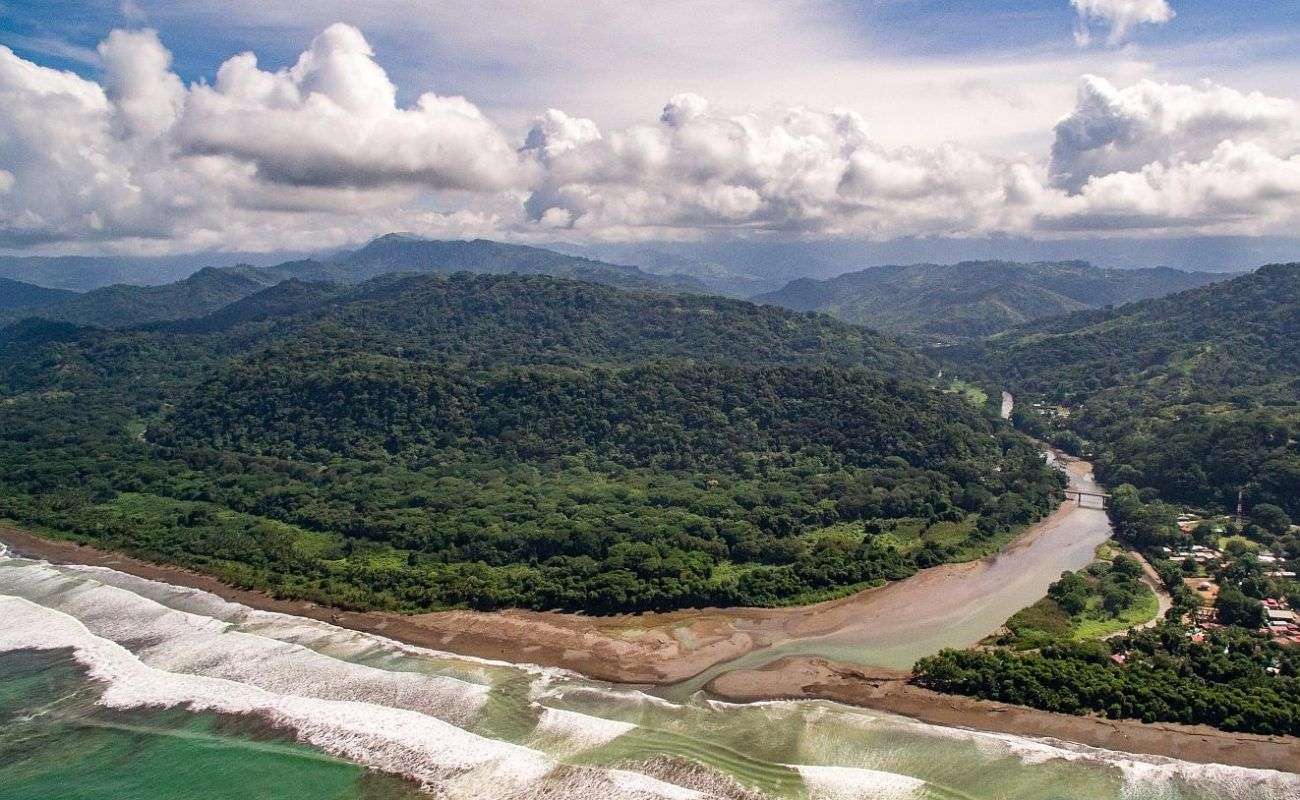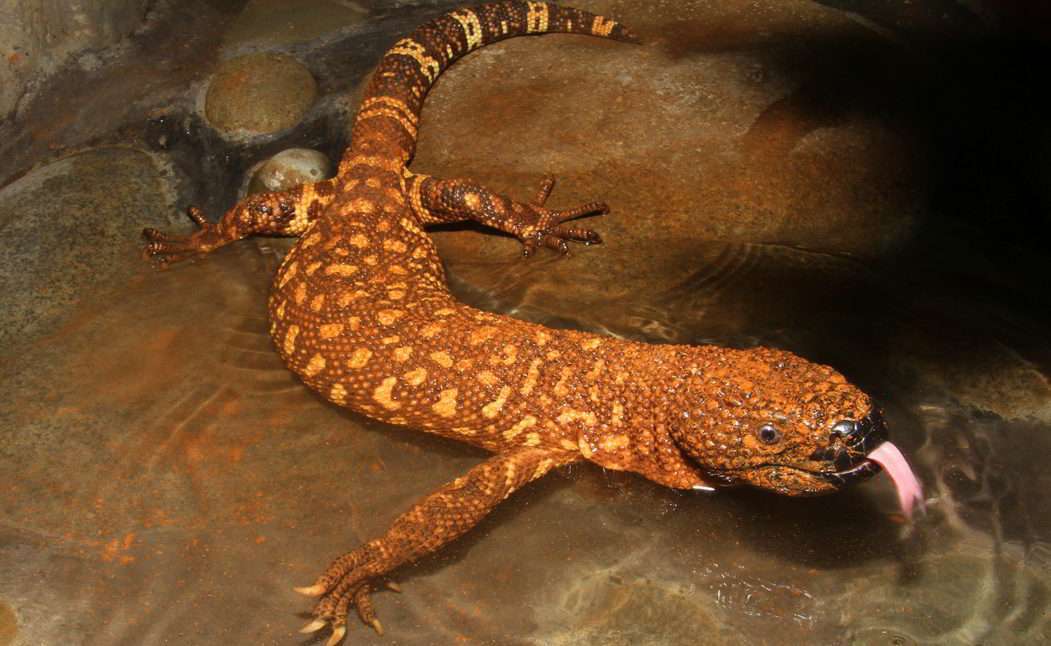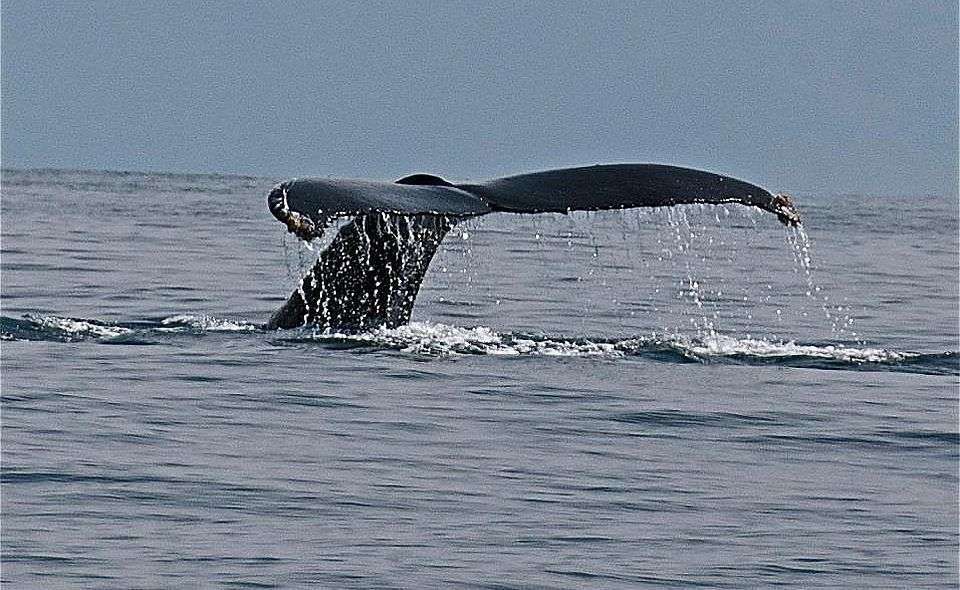How Do We Get To Boruca?

Entrance to Boruca town by Dagmar Reinhard
Throughout the year, but especially in December, there are many events and festivals in the village of Boruca. The directions below will take you straight to this beautiful village where you can experience a world of art, culture, and history.
From San José, take the highway known as Autopista del Sol Route 27, exit Tárcoles - Jaco. Follow Highway 34 to Dominical and from there continue driving down the Coastal Highway to Palmar Sur, about one hour and 15 minutes.
When you reach the junction with Palmar, turn left, taking the Pan-American Highway toward Buenos Aires. After approximately 25km, you will see a sign on you left hand side indicating the town of Boruca.
It is a slightly steep road and requires a 4x4 vehicle. The uphill road is approximately 8km, and it offers a spectacular unobstructed view of the two valleys on either side; you will also admire the Térraba River and the Cordillera on the horizon. Nearest airport: Palmar Sur.
Read more information on Indigenous Culture:
Indigenous Culture in Costa Rica
Costa Rica Free Digital Magazine #93, Health, Welness and Beauty
Health Wellness and Beauty, Costa Rica Free Digital Magazine #93
Dear readers, collaborators, and advertisers,
This is our first digital edition of 2024. Time has passed quickly, and just a little over a year ago, our founder passed away. As a team, we are proud to say that despite our difficulties in 2023, we have managed to keep the legacy alive. Of course, this has been possible thanks to your unwavering support. Thank you for your continued trust and loyalty.
We look forward to serving you in the years to come.
The current edition of our publication includes a diverse range of content focused on health, wellness, and beauty. You'll find articles written by experts in medicine, therapy, health, and beauty that offer exceptional treatments and alternatives to promote overall health and well-being. We hope that among these articles, you'll find the treatment that resonates with you and suits your needs.
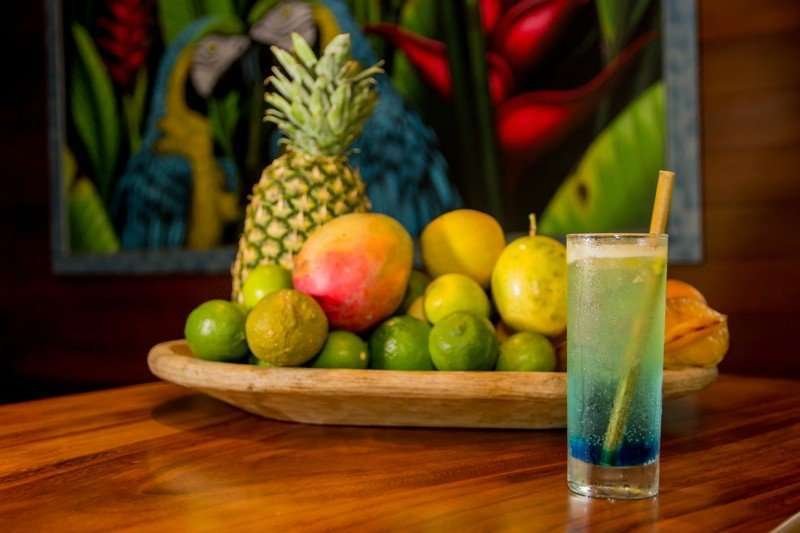
Living in the South Pacific region of Costa Rica is a delightful experience and can be compared to discovering the fountain of youth. It is a blessing to inhale clean and fresh air, swim in the ocean, waterfalls, or streams, savor fresh and organic food, and appreciate the vibrant greenery of our mountains.

We take pride in assisting you to explore new places, such as the bee tour in Playa Hermosa and the charm of the mangrove tour. Additionally, we are happy to share testimonies from those who have chosen to live a more straightforward, happier life, making Pura Vida more attainable.
Summer is in full swing, meaning this paradise has plenty of festivals, shows, and beach parties. For instance, Envision, Planetario Aventura, or simply relaxing by the beach. This is the perfect time to learn to love your life and fully embrace your experience.

In addition, we are pleased to share good news about the SOMOS Foundation. They have been carrying out various actions to improve the community, and soon The Journey will be opening an educational center project. We are excited to see the positive impact that this will have on the community.
As usual, we ask that your ecological footprint be as small as possible if you visit us or are already part of the community.
The Editorial Team
Pura Vida!
Ballena Tales is an essential free digital magazine in Costa Rica, valid for travelers, residents, and investors covering Costa Ballena in the Canton of Osa in the South Pacific of Costa Rica. It is a fully bilingual, bi-monthly, and full-color digital magazine.
The magazine introduces the reader to the life of the local community, with interviews of pioneers, writers, and artists, as well as extensive information on restaurants, hotels, experiences, natural attractions, and wildlife of the South Pacific of Costa Rica.
We are not just a magazine; each edition (print and digital) is linked to a robust web platform; the editions are published online, and the advertorials are included in our blog and the brand in the commercial directory. We also add links to the advertising company's website and social networks. At this time, the openings of digital publications in all their expressions exceed 80 thousand openings, and the advertised brands have a global reach.
We have a loyal audience of over 8,000 readers in the South Pacific's Costa Ballena region who will view your news in each printed edition.
We prioritize our readers' satisfaction by delivering a variety of engaging content while showcasing the value of our advertisers' brands.
What to do, Where to eat and Where to stay…
- Activities and Tours
- Whale Watching Tour
- Natural Attractions
- Marino Ballena National Park
- Restaurants
- Hotels and Accommodations
South Pacific Costa Rica Beaches,
Looking for business directories, maps or other printouts? We’ve got that too!
Dare to Discover and Enjoy…
Check out…
Need help planning your next trip? Let us help you with your Costa Rica vacations!
Email: carlos@ballenatales.com
Phone: +(506) 8946 7134
Christophe Gstalder: Boruca – A Vanishing Race and Culture
Christophe Gstalder photographer, Boruca – A Vanishing Race and Culture

“The most beautiful landscape of the Boruca community is the humbleness of its people”
I have never worked in my life! (Christophe´s passion for photography, does not allow him to call it work). He is originally from Marseille, France; he grew up traveling across the world with his father.
- [singlepic id=140 w=320 h=240 float=right]
20 years ago, he began working on his film “Los Diablitos – Por Encima De Las Nubes” (The Little Devils – Above the Clouds), a documentary about the Boruca Culture, their Traditions & People. The Film´s original soundtrack is directed by Christophe and Guillain Joncheray (Deep Forest.) Christophe´s sensibility, his respect for the ancient culture, and the beauty he sees in the Indigenous world through his camera, helped him to give birth to an incredibly beautiful 52-minutes documentary. “I did not expect anything different; it’s a true 100 % self-made film, during a long journey, without deadlines, with no producer demands, free as a bird, in a length that brings maturity of feelings …” he told us.
“I miss Costa Rica and my dear friends, anchored in my thoughts and heart. My mission in life is to complete this film. (If SIBU wants it… I think so! SIBU wants it!)
Christophe Gstalder is a notorious free-lance photographer for Fashion Magazines such as Marie-Claire, Elle, Vogue, Cosmopolitan, and he recently visited Zanzibar (East Africa).
Christophe Gstalder photographer Facebook Page
LOS DIABLITOS Au dessus des nuages Bande Annonce
Milking of the Murex snail at Ventanas Beach
Milking of the Murex snail

By Susie Atkinson y Ellen Hoel
The art of milking of the Murex snail has its origins in the 4th century B.C.
Cleopatra used that procedure to dye in purple the sails of her boat with the intent of flattering Caesar. The gathering of those fluids is a practice that has passed from generation to generation. The Murex snail discharges a milky-white secretion that changes colors once it is exposed to air and light. This transformation starts with a shade of yellow, followed by a pastel green, and finally, under the direct exposure to the sun, it turns into a lovely shade of purple, also called imperial purple.

The women of Boruca use this unique extract to dye the cotton yarn they will use in their weaving. During the waning moon, the Borucans make a special trip to the rockiest of Ventanas beach in Costa Ballena in the months of January and February, knowing that they will find the Murex snails hiding and mating along the rocks.

It is a dangerous and treacherous work to find and “milk” the snails. Doña Marina and others, pull the snails off the slippery rocks at Ventanas beach, they proceed to blow on them very carefully to cause the snails to release the fluid, letting it drip over the yarn they are holding. This fluid cannot be stored; therefore, the yarn has to be dyed on site.
The Borucans are one of two indigenous groups left in the world using this process. They preserve the life of these snails by returning them back to the rocks after taking the fluid.
Doña Marina goes to the Farmers´ Market in Uvita almost every Saturday morning. Her weavings and carved masks are also available at Pacific Edge Cabins in Dominicalito.
The Stone Spheres of Costa Rica’s South Pacific
~ by Luis Gutiérrez Galera
Surrounded by beautiful landscapes, the magnificent Pacific Ocean, and an invaluable archaeological treasure, the southern region of Costa Rica stands out as an area of amazing beauty and characteristics that do not exist in the rest of Central America.
This historic legacy is unique and unparalleled in the rest of the world.
In the county of Osa, some of the richest and most valuable pre-Columbian archaeological masterpieces remain.
The native indigenous settlements of Finca 6, El Silencio, Batambal, and Grijalba, in the Diquís subregion, are the best evidence that various ancestral societies developed for thousands of years in its territory. The extraordinary social, artistic, and technological organization of the first Costa Rican inhabitants is outstanding.
Sphericity and its relation to power and ethnic identity are the symbolic relations that are linked to this amazing pre-Columbian display, and the spheres’ sizes set the differences between each other. The bigger ones were placed in public and living areas, while the smaller ones were buried in tombs, and they also decorated statues.
Since they are considered unique in the world due to their perfection, sizes, and high technological level, so far it has been impossible to establish accurately which of the 5 ethnic groups that are still present in this territory is responsible for such a complex work of engineering.
However, based on all the research done, the Boruca group is number 1 on the experts’ list. What is definitely mind-blowing is the craftsmanship of these enigmatic societies, as well as their expertise in construction, and the creation of gold, ceramic, and stone ornaments that were used in religion, art, and as a symbol of their worldview.
In June, 2014, these four settlements were inscribed as a UNESCO World Heritage Site, because of their exceptional universal value; this boosts the beauty of the southern region of Costa Rica as a natural, cultural, and archaeological destination.
Follow the Roots ~ the Road to Boruca

By Susan Atkinson
Photo by Pam Capista
Have you ever wondered about the origins of the people living here in Costa Rica? Do you want to learn more of the folklore and traditions? Well, you can! A visit to the village of the indigenous Boruca is a very do-able day trip. You can see weaving and dyeing demonstrations as well as mask carving. There are two routes. Both require a 4WD vehicle.
You go south from Costa Ballena on the Costanera to Palmar Norte. Turn left on Hwy 2, head east approx.25 minutes/25 km, passing four bridges (the last being a long bridge over the Puerto Nuevo River).
A few minutes later, there is the sign “Territorio Indígena Boruca 8 km.” In the dry season, turn left here; this will take about 20 minutes and has beautiful ridge views. At the T-junction, turn on the lower left and go 50 meters to the museum, and park there.
During the wet season, do not turn off at the first sign, but continue north about 15-20 minutes/23 km more; having passed the right turn to San Vito, turn left at Térraba. After 10 minutes on this road, there is a Y-junction, with Flaco’s Bar on the right. Take the left fork. Continue on this road for about 20 minutes passing villages, you will come to a T-junction with a very small grocery store on the right.
Turn left and follow this road until you come to the museum with the stone sphere, then Marina’s rancho. She gives the demonstrations (in Spanish only). You can purchase woven and carved goods, but if you don’t, please leave a tip. t’s best to call beforehand (Marina (español ) 8780 8648 / Susan (English) 2200 5428); lunch is available for $10 per person. A bilingual guide to see the village is $15.

